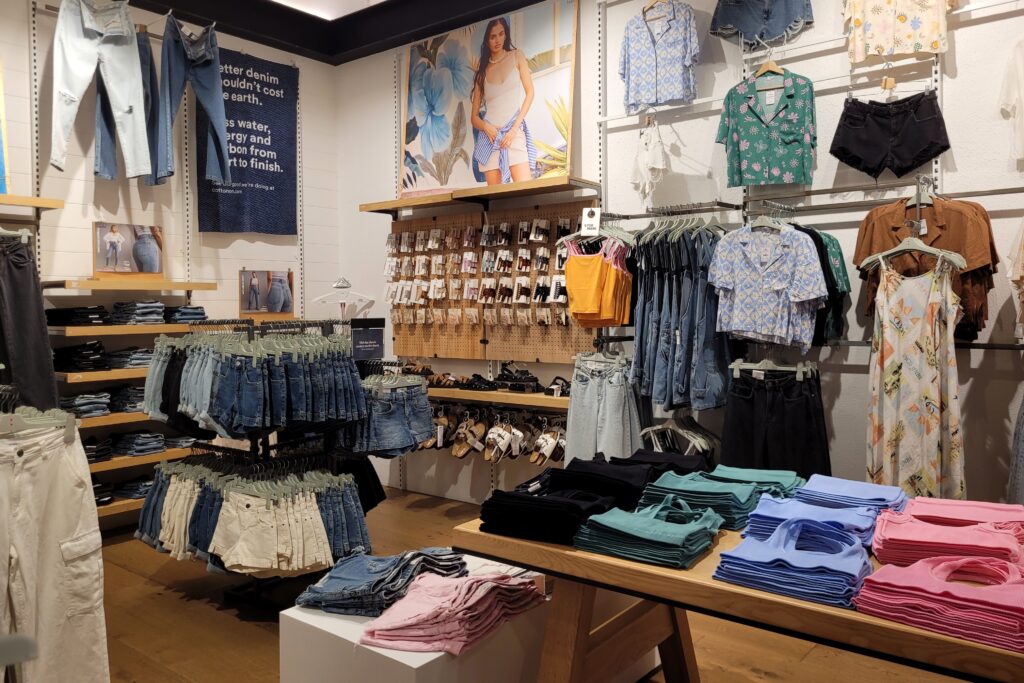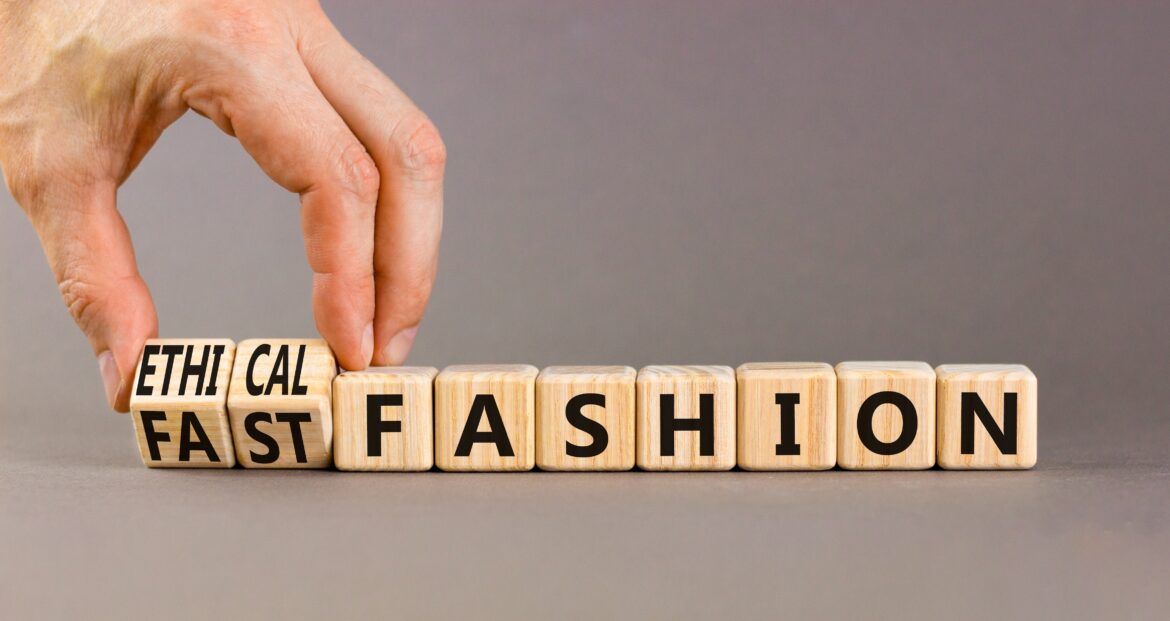The fashion industry has undergone a considerable transition in today’s hurried consumer society. A complicated discussion about fashion investment against quick fashion has arisen as a result of the growing conflict between quality and quantity. This article examines the complexities of this issue, examining how each option will affect people, the environment, and the sector as a whole.
The Rise of Fast Fashion
Fast fashion has transformed how consumers buy apparel thanks to its short manufacturing cycles and low prices. Companies like Zara, H&M, and Forever 21 have mastered the technique of creating stylish clothing in large quantities quickly, enabling customers to keep up with ever-evolving fashions without going over budget. This strategy has produced a culture of disposable fashion, where clothes are worn only once or twice before being thrown away.
Quantity Over Quality: The Pitfalls
⦁ Fast fashion frequently compromises quality for quantity even though it may provide a wide range of options at inexpensive prices. The quick turnover of collections and the use of low-cost fabrics result in clothing that might not hold up to regular use and washing. This not only fuels a cycle of excessive purchase, but it also has an impact on the environment because cheaply made clothing decomposes more quickly in landfills.
⦁ Concerns have also been made about the labor practices used in fast fashion. Some fast fashion companies outsource production to nations with lax labor laws in order to keep costs down. As a result, garment workers may experience subpar working conditions and inadequate pay, raising ethical issues for the sector.
Fashion Investment: Quality Matters
⦁ On the other end of the scale, consumers who invest in fashion choose fewer, superior products that are made to last. Purchasing classic, well-made clothing has many advantages. Items made with premium materials, careful handiwork, and attention to detail not only look better but also feel more comfortable and last longer.
⦁ People can lower their overall consumption and environmental impact by creating a wardrobe that is centered on longevity. The need for frequent replacements and the demand for rapid fashion is often reduced by the fact that these well-made items survive the test of time.

The Sustainability Factor
Today’s fashion sector must give careful consideration to sustainability. Fast fashion raises concerns for consumers who are concerned about the environment due to its reliance on resource-intensive production techniques and its contribution to waste and pollution. On the other hand, spending money on premium, eco-friendly clothing is consistent with a more environmentally conscious way of life. Supporting businesses that prioritize ethical labor standards, use eco-friendly materials, and advance a circular fashion economy falls under this category.
Balancing Act: Finding Middle Ground
⦁ A compromise is developing as the fashion industry struggles with the quality vs. quantity argument. Fast fashion companies are beginning to use sustainable techniques, like using organic materials and more ethical production techniques. Consumers are simultaneously choosing high-quality items that are consistent with their values and becoming more aware of the impact of their purchases.
⦁ Finding a balance that is in line with individual preferences and values is the key. Consumption patterns must be considered, purchases must have ethical and aesthetic resonance, and brands that prioritize sustainability must be supported.
The decision between fashion investment and fast fashion has significant ramifications for the fashion industry, which is at a crossroads. Investing in fashion gives timeless style, sustainability, and longevity as opposed to fast fashion’s quick repairs and trend-driven options. The road forward entails a deliberate change in favor of emphasizing quality over quantity, backing environmentally friendly practices, and eventually reinventing how we view and engage with fashion.


